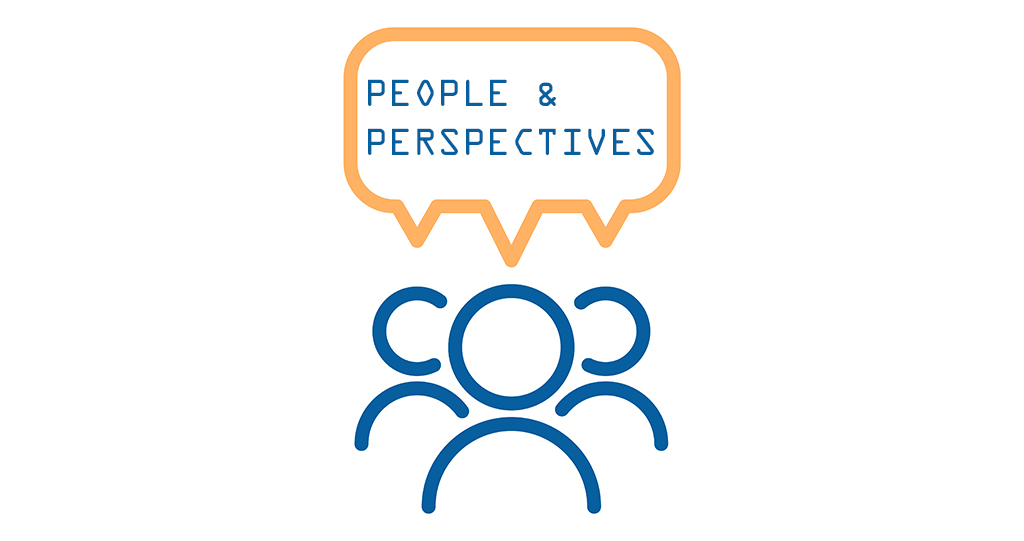Advice On Impacting Change From 20+ Year HR Professionals
In every issue of PeopleTalk magazine, we ask CPHR BC & Yukon members from all across B.C. and the Yukon a question and get them to give us a brief answer. This edition of People & Perspectives is particularly special because we are highlighting the knowledge and wisdom of our members with 20 or more years experience as members of the association.
Combined, the six members below have been with the association for more than 140 years.
For a full list of CPHR BC & Yukon’s 20+ year members visit the website.
Today’s question: What is the one tool, or piece of advice, you would recommend to effect change in a challenging situation?
Here are six insights on how to bring about change in a challenging situation.
 Roxane Larouche, CPHR
Roxane Larouche, CPHR
Member Since 1999
Whitehorse, Yukon
President
RJ People Consulting
Certainly, this topic is extremely timely given the recent/current COVID-19 situation and I suspect that all HR professionals are currently dealing with challenging situations resulting from the change in the way we do business because of this worldwide pandemic.
I’m not sure that there is just one tool or one piece of advice to help people change in a challenging situation. I think it takes our whole toolbox of HR competencies to help with effecting change in the workplace. When you consider the various cycles or stages of change and the complexities that arise from each stage, it makes sense that one must use many tools or competencies to effect the change, particularly in a challenging environment.
HR professionals have an opportunity to strut their stuff and demonstrate their knowledge about the cycle of change and what competencies will help our people adjust to this challenging environment. Specifically, strategy and systems thinking, change management, critical problem solving and communication/conflict resolution skills are just a few competencies that must be used to effect change in our current situation.
 Trudy Langthorne, CPHR
Trudy Langthorne, CPHR
Member Since 1994
Prince George, B.C.
HR Consultant
Semi-Retired
COMMUNICATION, COMMUNICATION, COMMUNICATION. Communication during a challenging situation is essential.
Employees are resilient and can face challenges, change and uncertainty provided we, as leaders, provide clarity and a sense of purpose; helping employees understand how they can help with the challenges we collectively face.
Change is hard at the best of times, so we must deliver messages with compassion and empathy. Be honest—we don’t always have the answers and it is okay to say, “I don’t know, but I will get back to you.” Don’t drop the ball, ensure you follow up. Provide opportunities to involve people. Use difficult situations as an opportunity to develop people and learn together.
Communicate in person, in writing, through meetings and focus groups. Don’t forget the impact on an employee’s family and how to get key messages to them. Be visible. Be accessible. Your presence and compassion during challenging times will be long remembered by those who look to you for leadership.
 Darlene Bailey, CPHR
Darlene Bailey, CPHR
Member Since 2000
Victoria, B.C.
HR Consultant
Darlene Bailey & Associates
To effect change in a challenging situation–use an open door policy. Set a clear and realistic plan for moving through this change with open communication. Engage the entire team in the process, ask questions, answer questions, share ideas, create a plan–be a collective. Taking a strengths based approach to creating a solution, allows each team member to bring their ideas to the table and be heard. As a collective–envision how you are going to come through the change. Transparency, honesty and engagement with the team allows everyone to work together, finding a solution, and more than that, in some instances, rediscovering the value of each others ideas.
 Sharon Batchelor, CPHR Retired
Sharon Batchelor, CPHR Retired
Member Since 1986
Coquitlam, B.C.
Senior HR Consultant
Blakiston Consulting
Throughout the planning and active actioning phase of a crisis, collaborate, communicate and share ideas with coworkers and stakeholders to ensure everyone is on the same page. Because people will look to you for guidance during a crisis, it is important to carefully choose how and what you say. The tone you project (whether it be confident and calm, unsure and anxious or something in between) will influence others. Life events and “stuff” happen to all of us, but at the end of the day, how you react and respond to it is what will be remembered and measured.
 Mike Williams
Mike Williams
Member Since 2000
Kitimat, B.C.
Senior Human Resources Advisor
Rio Tinto—BC Works
There are two important tools that are crucial to effective and efficient change management; the first is leader empathy and understanding the resistance to change and the second being active listening skills.
Those that are impacted by the change needed to overcome a resistance that is often more emotional than rational. The greater the amount of engaged, active listening and empathy that is displayed by the leader, the greater the potential is for success of the change. If the leader cares about the people and not just about the change itself, the people will follow.
Once people know that they were engaged throughout the change process and feel that their concerns were listened to and addressed, as necessary, they then release the emotional attachment to “the way we always have done things” and the change has a greater chance at success.
 Corinna Kwong, CPHR
Corinna Kwong, CPHR
Member Since 1997
Vancouver, B.C.
Senior Analyst, Human Resources
Provincial Health Services Authority
My advice has been to know the facts and your scope of control/influence in the matter. What exactly is it that makes this situation challenging? Being able to answer that is sometimes about determining facts and addressing assumptions. Don’t be shy to seek the subject matter experts who have deeper knowledge and experience with the challenging practice, operation or topic. They can be found in agencies/bodies of known standardized practice who can provide definitions, idea of norm/benchmark and valuable experience in the unknown. From what you learn, consider your own role in this challenging situation by examining what opportunity is available to you for influencing change, embodying actions, principle and facilitating ideas. With an open mind, free of judgement, it’s incredible what becomes of a challenging situation.
For the latest HR and business articles, check out our main page.
Reader Feedback
We want to hear from you!
Do you have a story idea you’d like to see covered by PeopleTalk?
Or maybe you’ve got a question we could ask our members in our People & Perspectives section?
Or maybe you just want to tell us how much you liked the article.
The door is always open.









